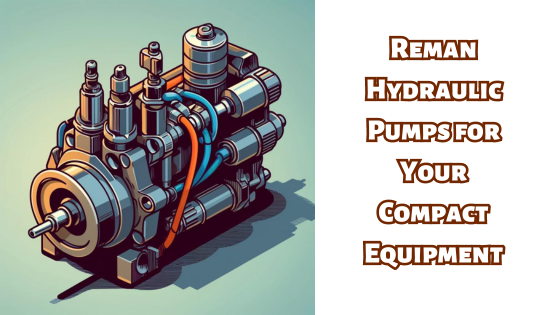Digging Trenches with a Mini-Excavator
Posted by Dr. Sara McCaslin on May 2nd 2022
Digging trenches is a common task, whether you're laying drainage pipes, installing utilities, replacing sewer lines, or installing landscaping. It’s tempting to jump right into digging a trench with your mini-excavator, but planning ahead will get the job done faster and more fuel-efficient.

Here are a few other Shop Talk Blog posts you might find of interest:
- The Impact of Idling on Your Compact Equipment
- CAT Excavator Final Drives: The Most Common Issue
- Mini-Excavator Final Drive Repair
Most, if not all, of this you already now, but a review every now and then can be good.
Why You Should Plan Ahead
I was a college sophomore taking a programming class back in the day. I always managed to get my programs written faster than my classmates. I wish I could say it was because I was super smart. But there is a different explanation: before I wrote a single line of code for the program, I thought the problem thru from beginning to end a wrote down a short plan on how it would work.
And believe it or not, this can work for trenching, digging, grading, and just about anything else you need to do with your compact equipment -- including your mini-excavator.
First Things First
You probably already double-check the trench width, depth, and length. Also, even for relatively shallow trenches, check for the possibility of buried utilities. Let’s go over what you might find beneath the soil:
- Direct cable lines, which may be buried just 24” deep
- Coax cables, on average about 18” to 24” deep
- Trunk cables are usually 24” to 48” deep
- Buried lines for security cameras
- Sewage lines can be anywhere from 18” to 8’
- Water lines vary from 12" to 36"
- Water drainage lines
Don’t forget that these depths can vary greatly depending on what part of the country you are in, whether the area has a building code, and whether local building codes were even followed.
Obstacles and Stability
When planning to dig, it’s also important to carefully note potential obstacles. This becomes automatic for more experienced operators. However, newer operators will find it saves quite time and frustration. For example, if you know that your compact excavator will need to be repositioned at a certain point, it can save time and prevent accidents. In addition, plan ahead where the soil will be placed once excavated. And if a truck or trailer is going to be used, experienced operators usually place that trailer on the left side for better visibility.
I’m sure you already do this automatically, but make sure the excavator is on a stable piece of ground where it doesn’t risk tipping over or sliding.
Efficiency
While brute force may get the job done, making smooth, controlled cuts into the soil will still obtain the same end result while using fuel more efficiently. And you need to know your machine’s capabilities. If you try to take too big of a bite out of the ground, thinking you’ll get things done faster, you’ll discover that you’re actually wasting fuel and pushing the hydraulics past what they may be capable of -- which leads to accelerated wear.
And here’s something else that can be easy to forget: at the beginning, only dig deep enough to remove the topsoil and set it aside to make it easier to replace at the end of backfilling.
Final Drive Motors
And don’t dig over your final drive motors -- dig over the idlers instead. If you dig over the idlers, they experience the wear and tear that would otherwise affect your final drives. Those idlers will be much cheaper to replace when they wear out than your drive motors. On the other hand, the impact of digging over the drive motors is going to be less on a compact excavator than, say, a 50-ton excavator.
Safety
Finally, don’t forget safety guidelines, like those contained within OSHA’s Trenching and Excavation Safety booklet and on their Trenching and Excavation Safety Fact Sheet. In addition, never store equipment near the edge of a trench where it could fall on someone, and always make sure there is a safe way in and out of a trench.
Conclusion
There are right and wrong ways to dig a trench, and planning ahead helps ensure you're doing it the right way. And if you need a final drive motor for your compact excavator, let us know! We have a massive inventory of new and reman track drives in our online final drive shop and you can also fill out one of our Rapid Response Quotes.








